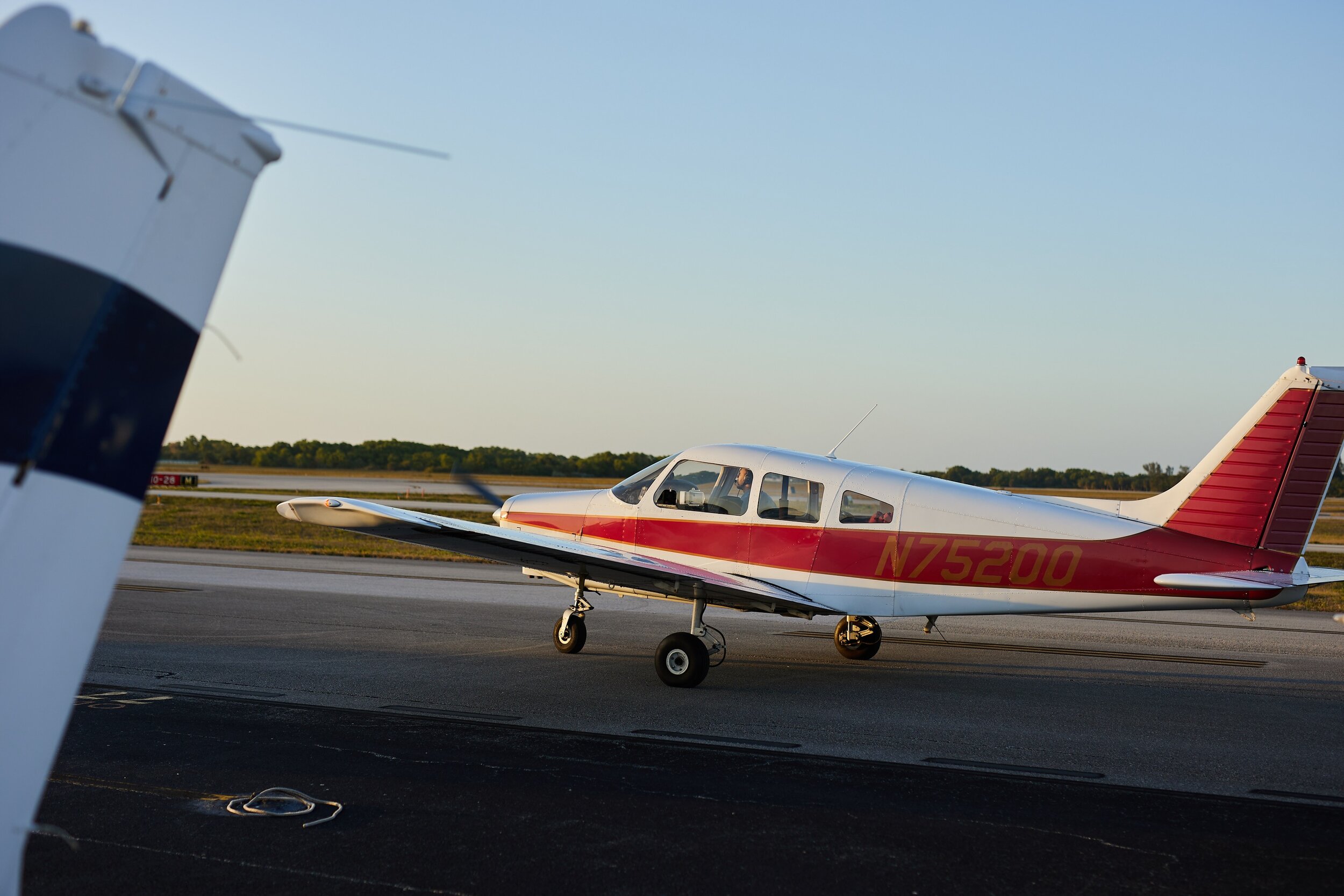
Instrument Rating Course
In this course, you will learn how to navigate and fly solely by what you see inside the flight deck rather than out, and you'll make yourself a safer, more efficient pilot. You'll add the most valuable rating to your pilot certificate and develop more precise flying skills. You must hold, or be concurrently applying for, a private pilot certificate to get an instrument rating. You also need to be at least 17 years old and hold a medical certificate. Please note that the instrument rating is only available for three aircraft categories: Airplane, Helicopter, and Powered-Lift. But in any case, you must meet the following eligibility requirements:
Be able to read, speak, write, and understand the English language.
Receive proper ground instruction, flight training, and logbook endorsements.
Pass aeronautical knowledge and practical tests.
Additionally, you must have the requisite aeronautical experience. More on that later.
How do you get an instrument rating, though?
You need training. Duh!!! Here are the details.
Obtaining your instrument rating for the airplane category requires a minimum of 50 hours of cross-country flight time as a pilot in command, including at least 10 hours in an airplane which is the fun part!
You also need to log 40 hours of actual or simulated instrument time, which must include:
15 hours with an instructor.
3 hours of instrument flight training within two months of the practical test.
Instrument flight training on cross-country procedures.
The last requirement must include a cross country flight under instrument flight rules with:
A distance of 250 nautical miles along airways or by directed routing.
An instrument approach at each airport.
3 different kinds of approaches using navigation systems.












































